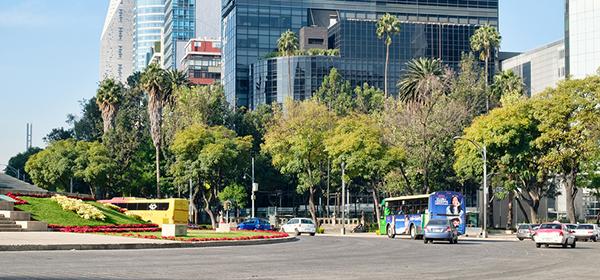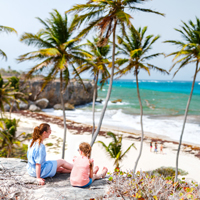
Retiring in Mexico City is an increasingly popular choice for international retirees. The city offers a vibrant culture, a lower cost of living, and a warm climate. However, like any major decision, it comes with its own set of challenges. This article will delve into the various aspects of retiring in Mexico City, from the cost of living to the healthcare system, and everything in between.
Cost of Living in Mexico City
One of the main attractions for retirees in Mexico City is the lower cost of living. Housing, groceries, and services are significantly cheaper than in many Western countries. For example, a one-bedroom apartment in a nice neighborhood can cost around $500 per month. However, it’s important to note that prices can vary greatly depending on the area and lifestyle choices.
Climate
Mexico City boasts a subtropical highland climate, which means mild, pleasant weather throughout the year. The average temperature ranges from 12°C (54°F) in the winter to 28°C (82°F) in the summer. However, the city is also known for its rainy season from June to October, so retirees should be prepared for occasional downpours.
Healthcare
Mexico City is home to some of the best hospitals in the country, with many doctors speaking English. The private healthcare system is affordable and of high quality. However, it’s recommended for retirees to have a comprehensive health insurance plan to cover any potential medical costs.
Public Healthcare System
International retirees can enroll in the public healthcare system, known as Instituto Mexicano del Seguro Social (IMSS). However, many prefer to use private healthcare due to shorter waiting times and more personalized care.
Residency Options
There are several options for retirees to obtain residency in Mexico. The most common is the Temporary Resident Visa, which can be renewed annually for up to four years. After this period, retirees can apply for Permanent Residency.
Parks and Recreational Activities
Mexico City offers a plethora of parks and recreational activities. Chapultepec Park, the largest city park in Latin America, is a favorite among retirees for its walking trails, zoo, and museums. The city also hosts numerous cultural events throughout the year, such as the Day of the Dead celebrations and the International Film Festival.
Restaurants
From street food stalls to high-end restaurants, Mexico City’s culinary scene is diverse and vibrant. Some popular spots among retirees include El Cardenal for traditional Mexican cuisine, Pujol for innovative dishes, and Contramar for fresh seafood.
Learning the Language
While many locals in Mexico City speak English, learning Spanish can greatly enhance the retirement experience. Schools like Frida Spanish School offer intensive courses for all levels.
Local Culture
Mexicans are known for their warm and friendly nature. They value family and community, and it’s common for neighbors to become like extended family. The city also has a bustling arts scene, with numerous galleries, theaters, and music venues.
Meeting People and Volunteering
There are numerous clubs and organizations where retirees can meet people, such as the American Society of Mexico. Volunteering is also a great way to get involved in the community. Organizations like TECHO and Casa de los Amigos welcome international volunteers.
Housing
Retirees in Mexico City typically live in apartments or condos, either in the city center or in quieter neighborhoods on the outskirts. Popular neighborhoods for retirees include Polanco, Condesa, and Coyoacán, known for their safety, walkability, and access to amenities.
Transportation
With an extensive public transportation system and walkable neighborhoods, it’s possible to live in Mexico City without a car. However, traffic can be heavy, and some retirees prefer to hire a driver or use taxis for longer trips.
In conclusion, retiring in Mexico City offers a unique blend of cultural richness, affordability, and a pleasant climate. However, it’s important for retirees to do their research and possibly visit the city before making the decision to move.

